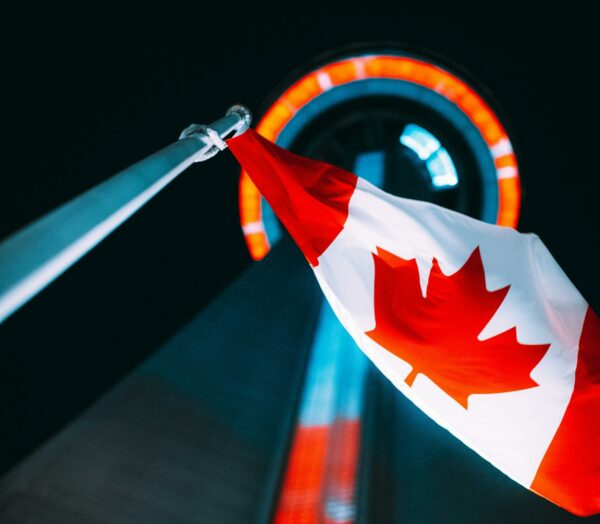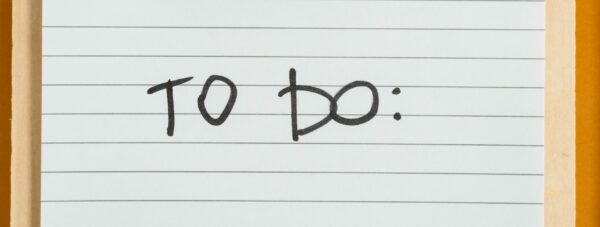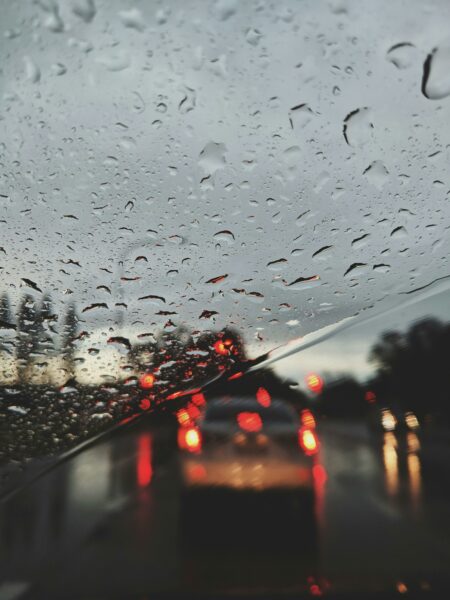Did you know that it’s completely within an insurance companies rights to have you followed, photographed, and videotaped?
In many cases where an injured party makes a claim under the Statutory Accident Benefits Schedule (SABS), this right will be exercised. The intention behind following you in this way is to hurt your credibility – that is, in the case you’re found performing activities that are otherwise inconsistent with the injury for which you seek compensation.
If you’ve applied for accident benefits, then you should be prepared to be surveilled. That means knowing what it is, what your rights are around privacy, and whether it can be used against you.
What Is Surveillance?
Insurance companies can legally hire private investigators to photograph and video a claimant. The investigator will be provided a detailed description of your injuries and are experienced in knowing what to look for. Private investigators typically look for activities such as running errands, doing house and yard work, attending sports or social gatherings, walking, and driving.
The intention behind surveilling a claimant is to find out whether the injuries they’ve claimed are consistent with the activities of their daily life. If the insurance company can get evidence of you doing things that you shouldn’t reasonably be able to do, they can cast doubt on your credibility and your compensation will be affected.
Although you may feel like this is a violation of your privacy, it’s actually completely legal. In fact, as noted above, your activities and your credibility are key components of your claim. Of course, there are limitations that you should be aware of to ensure that your rights are indeed being upheld.
Protecting Your Privacy
Canadian surveillance law allows insurance companies to surveil claimants while they’re in public. They’re also allowed to perform public searches for your information, such as social media audits and background checks.
However, there are many provincial laws in place that limit this right to surveil claimants. For example, provincial privacy law legislation may impose limitations based on intrusiveness, and this protects people from being surveilled why they’re in their own home. Investigators are also not allowed to trespass in order to gain surveillance photos or videos.
With that said, it’s important to remember that any time you apply for accident benefits, there’s a possibility that you will be under close scrutiny. That means that you must be honest in your description of your injuries, abilities, and activities. Should you be found doing otherwise, and the surveillance be admitted, your credibility will be severely damaged, and your compensation will likely be impacted.
Current License Appeal Tribunal Rules on Surveillance
Of course, if insurance companies are permitted to observe and surveil you, then they’re allowed to use that evidence against you. But the use of photographic and video evidence is bound by strict rules and regulations, which, as we will see in the next section, are subject to change.
As it currently stands, the License Appeal Tribunal (LAT) Rules of Practice dictate disclosure requirements. Specifically, Rule 9.4 states that disclosure requirements must be followed in order to be able to use a thing as evidence or to call a witness to give evidence. While this may be allowed, the party will first have to ask for the consent of the LAT.
So, what are those requirements? Disclosure requirements are set out in Rule 9.2 in the LAT Rules of Practice: at least 10 days before a hearing, all evidence must be presented. Meaning that, both parties must disclose to each other every document, witness, and piece of evidence they intend to use at the hearing. Anything that’s not submitted in those 10 days prior to the hearing is subject to rule 9.4. That is, additional evidence requires the consent of the Tribunal to be admissible.
In practice, though, these rules aren’t always followed, as we’ll describe in more detail next.
Conflict with LAT Rules
The rules of the LAT aren’t always consistent with current case law. Indeed, two current cases in particular shed light on how surveillance disclosure is unevenly applied.
- In 16-000342 v. Aviva Insurance Company of Canada, the adjudicator allowed surveillance evidence that hadn’t been disclosed according to Rule 9.2 of the LAT Rules of Practice. The reasoning behind allowing evidence that didn’t comply with disclosure requirements had to do with the value of the evidence. The adjudicator stated that the value of evidence was so great that it outweighed the breach of typical protocol.
- However, in 17-002535/AABS v Aviva Insurance Canada, surveillance evidence was excluded when it wasn’t disclosed as per an order at a case conference. That order stated that “No additional documents or records may be filed without the permission of the Tribunal“.
If these rules are unevenly applied, how do you know whether or not surveillance footage will be used against you? There really isn’t a clear answer, but most experts agree that surveillance footage should be conducted and disclosed prior to any hearing. If your insurance company doesn’t disclose the existence of surveillance footage, they risk not being able to use that evidence at the time of your hearing, according to LAT rules.
Are You Being Surveilled?
If you applied for accident benefits under the SABS, there’s always the potential that you’ll be surveilled. The chance of you being surveilled increases with the amount of compensation you’re seeking. And while it may seem like an infringement on your rights, it’s perfectly legal for insurance companies to surveil you in public.
Your activities and abilities will be under close scrutiny while your claim remains open. To best protect your privacy and maintain your credibility, you need to know how to move forward. We can help! Contact us today to get started.


